9 Tips To Consider Before You Sign Your Commercial Solar Contract
How to achieve value for money with your solar investment while meeting your business needs.
How to achieve value for money with your solar investment while meeting your business needs.
If you are considering installing a commercial solar system, a competitive process for procurement, installation and associated services is essential for achieving the best value for money while meeting your business needs.
Apart from price and financial outcomes, there are three key areas to consider when comparing offers for your solar project. They are:
If you missed Part 1 – The Solar Retailer, you can read it here.
In this article, we look at what to consider regarding the second – The Solution, specifically:
While price and financial outcomes (such as payback period, NPV, ROI or IRR) are not covered specifically in this article, they are obviously very important and should be analysed and evaluated as part of your overall solar solution, including the ongoing costs for system monitoring, cleaning and maintenance.
Ideal orientation and tilt
To maximise the annual generation of your solar system, you want to orient the panels due north (if in the southern hemisphere) and tilt the panels at an angle equal to the latitude of the site location.
Flush mounted
However, for rooftop systems this may not be practical as you may be constrained by what your roof will allow. Generally, if your roof pitch is 10 degrees or more, flush mounting panels against the roof pitch and orientation may be your best option.
Flush mounting will generally cause minor impacts on system performance compared to the ideal orientation and tilt. However, the cost to install on a $ per Watt basis will generally be cheaper for flush mounted compared to tilted systems, which can compensate for a reduction in system performance.
If you are constrained with rooftop space, flush mounting also allows more panels to be installed to increase gross generation output as panels can be placed next to each other without causing shading.
Tilted
If your roof is relatively flat (less than 10 degree pitch), a tilted system may be a better solution compared to flush mounted to maximise performance, particularly if you have ample roof space or your roof is prone to dust and accumulation of debris such as leaves from nearby trees (a tilted system will prevent debris accumulating on the panels and improve the panel self-cleaning effect when it rains).
Check your site load
Lastly, if your site electrical load peaks in the morning or afternoon, an easterly or westerly panel orientation respectively may be preferential (if possible) to maximise the output of your solar system during times of high electrical demand, particularly if your site incurs high network peak demand charges.
As you can see, there are several things to consider with the panel orientation and tilt for your solar system. We recommend using the Beam Solar assessment platform to accurately assess the various options. We can also complete a conceptual solar panel layout design for your site if needed.
Once you have an idea on the maximum number of panels you can fit on your site and the orientation and tilt, you need to check if your solar system and associated generation profile is correctly sized against the site electrical load.
Export minimisation
If the site is export limited by your local electricity network authority, you need to size the system to minimise or eliminate exports. Further, if the price offered by your retailer for excess generation fed into the grid is minimal or you are relying on Victorian Energy Efficiency Certificates (VEECs) to prop up your business case, it may also be ideal to downsize the system to minimise exports. Generally, the more generation you feed into to the grid, the longer the payback will be for your solar system investment.
However, if your solution includes (or will include soon) battery energy storage, it may be ideal to oversize your solar system so excess solar generated can be stored for later use. It may also be ideal to oversize your solar system now if you are expecting future growth in electrical demand due to business expansion, operational changes or on-site electric vehicle charging. In some cases where electrical infrastructure capacity constraints exists, carefully considering the size and configuration of your solution (including oversizing) may help you avoid future electrical capacity upgrades for your site which can be very expensive.
Further, if you have greenhouse gas emissions reduction or net zero targets you need to hit, oversizing your solar system may be a better option than purchasing carbon offsets, even if a significant proportion of the generation is fed to the grid (read our article on why solar trumps carbon offsets).
Another key consideration when sizing your solar solution is whether you will take advantage of STCs or LGCs.
Small-scale Technology Certificates (STCs) apply to solar systems sizes under 100 kW and are deemed upfront. Solar retailers will deduct the value of the STCs from the purchase price as an upfront discount. For example, the STC discount for a 99.9 kW solar system in Sydney is worth approximately $46,000 in 2022, however the STC value will decline each year until 2030 when the current STC scheme expires. Further, under Climate Active guidelines, the electricity generated from STC solar systems can be treated as zero emissions even if you benefit financially from STCs.
Large-scale Generation Certificates (LGCs) on the other hand apply to solar system sizes of 100 kW or larger. LGCs are not deemed upfront, but rather, LGCs are created on an ongoing basis based on metered electricity generation from your solar system. The solar retailer can hold the right and title to the LGCs in return for financial benefits (upfront discount or ongoing cashflow), or you can create the LGCs yourself on an ongoing basis and sell them to a third-party. For example, the annual value of LGCs for a 100 kW system operating in it's first year in Sydney is currently approximately $6,000 (based on an LGC price of $50 which is subject to ongoing price volatility from supply and demand factors). LGCs can be created up until 2030 when the existing LGC expires.
However under Climate Active guidelines, if you want to claim the electricity generated by your LGC solar system as zero emissions, you can not give up the right or title to the LGCs or sell the LGCs yourself. Instead you need to retire the LGCs to ensure no other business can make a claim on that same unit of renewable electricity generation. Further, if you plan to access VEECs, you can not financially benefit from LGCs (read our VEEC article here).
Our Beam Solar assessment platform models the solar generation against your site’s interval meter data (or forecast load data) from zero to the maximum solar that can fit on your site, with and without battery energy storage. This provides accurate predictions on how solar performs at your site across all possible sizing scenarios to ensure you select the best solution to meet your business needs, including properly accounting for STCs and LGCs.
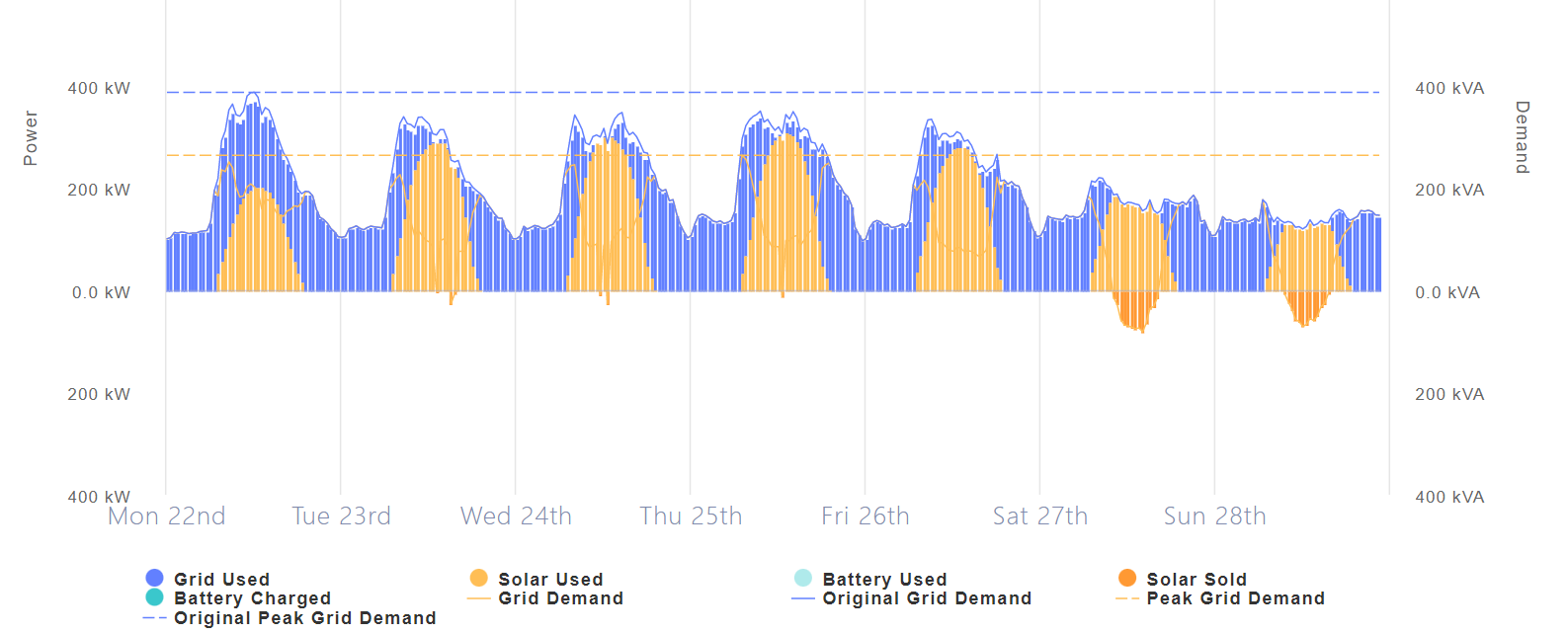
Another thing to check with sizing is the AC capacity of the solution as measured by the AC/DC ratio (i.e. kVA of inverter capacity divided by the kW of solar panels). Generally, an AC/DC ratio of 0.75 is the minimum acceptable in Australia, however if panels are tilted less than 10 degrees, a minimum AC/DC ratio of 0.8 may be required to avoid the inverter excessively clipping the output of the solar array. Generally, an AC/DC ratio of around 0.8 to 1.0 is reasonable. A larger ratio is generally not advised unless there are plans to add additional panels to an existing solar inverter in the future.
Solar can lower your site’s power factor, and in some situations, it will be cost effective to install Power Factor Correction (PFC) to reduce demand charges. PFC can either be provided by the solar inverters or separate capacitor bank, however the best solution requires analysis of your site’s interval meter data, modelled solar generation data and network demand charges. This is all done for you in our Beam Solar assessment platform.
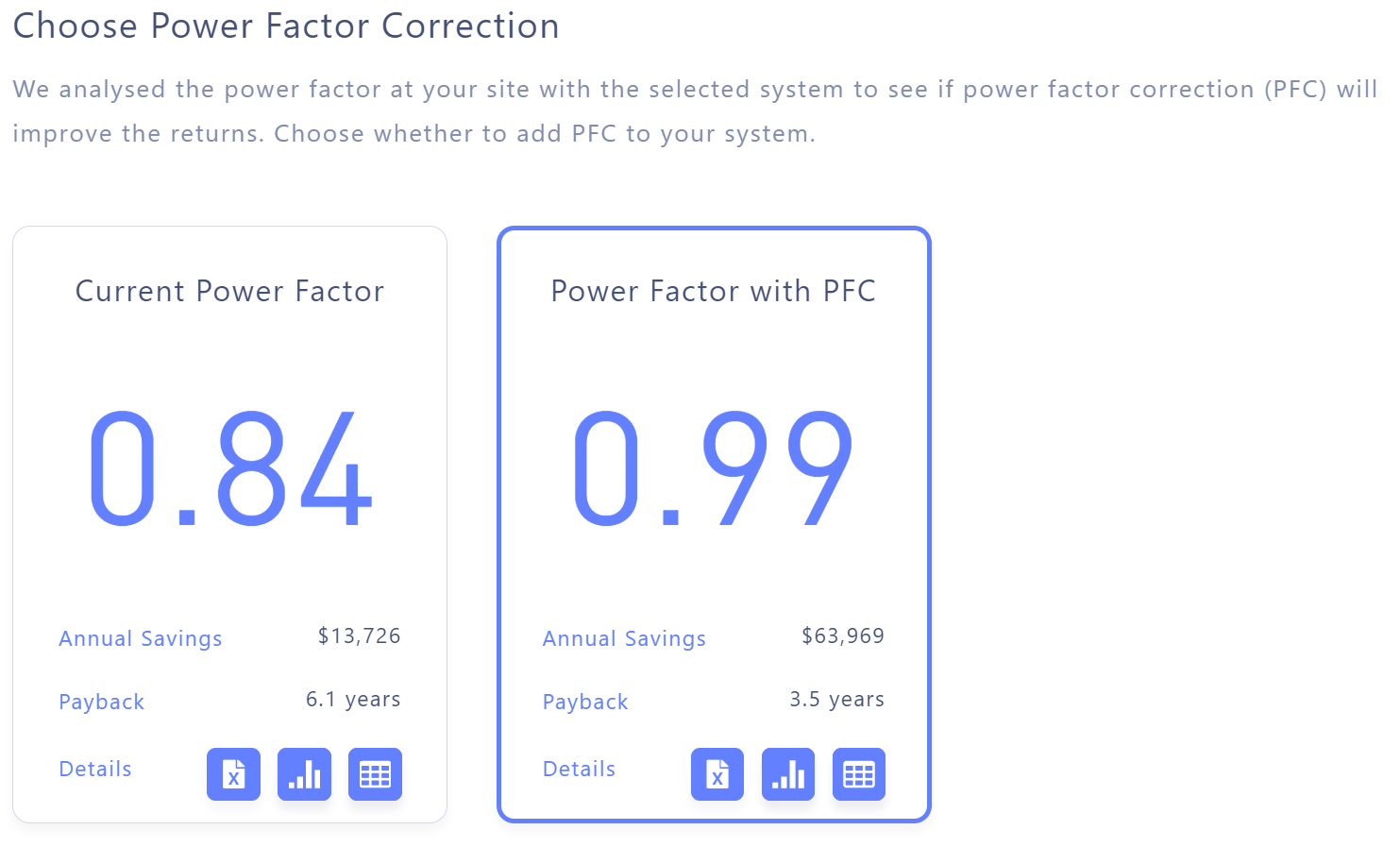
Is the solution proposed actually feasible? In some cases, we recommend completing the checks outlined below prior to tendering to reduce uncertainty and project risk (we can help you complete all the required checks). In cases where the project risk is minimal, it’s ok to leave the checks outlined below to the winning solar retailer. In all cases, we generally recommend mandatory site inspections to be completed by shortlisted solar retailers during the tendering period.
Roof structure
For rooftop solar, you will need to complete a roof structural assessment to determine if the roof structure can accommodate the weight of the solar system, and a site-specific array frame assessment to determine wind loading and array fixing requirements. If you plan to lift whole pallets of panels onto your roof, you will also need to complete a pallet loading roof structural assessment.
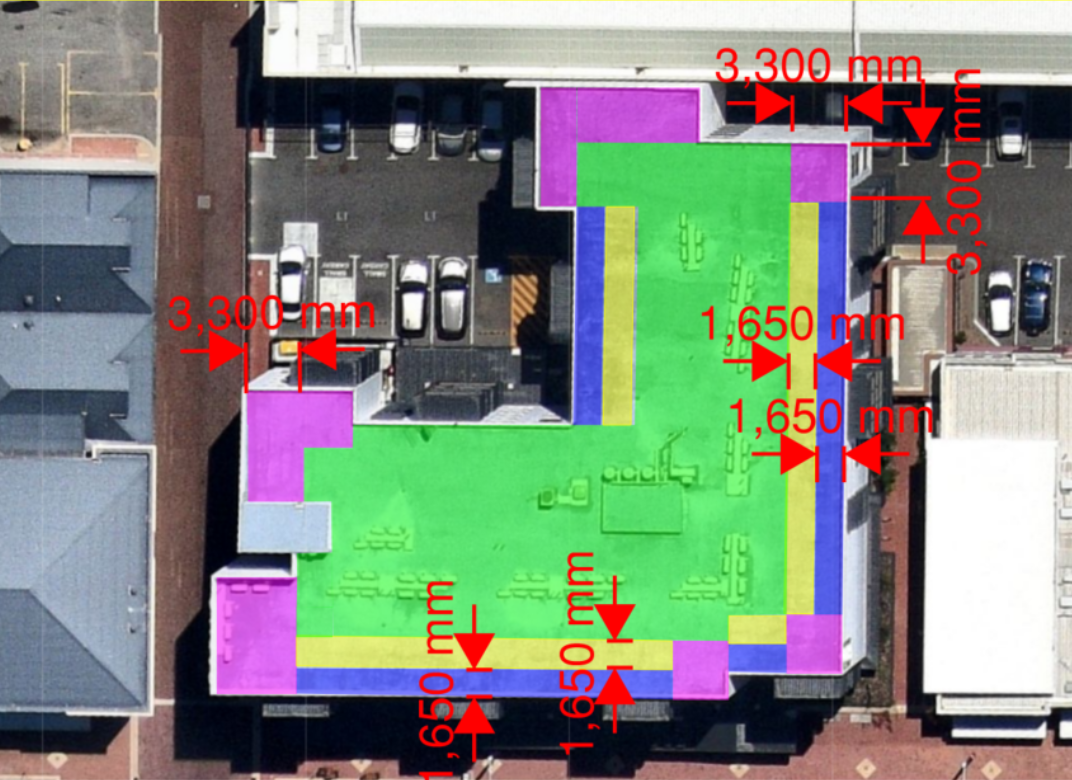
Geotechnical
For ground-mounted solar, a geotechnical assessment is essential. Always complete a geotechnical assessment before signing a contract with a solar retailer as undesirable ground conditions presents a significant risk to the viability of ground mounted solar systems (unless you elect to go with a ballast system).
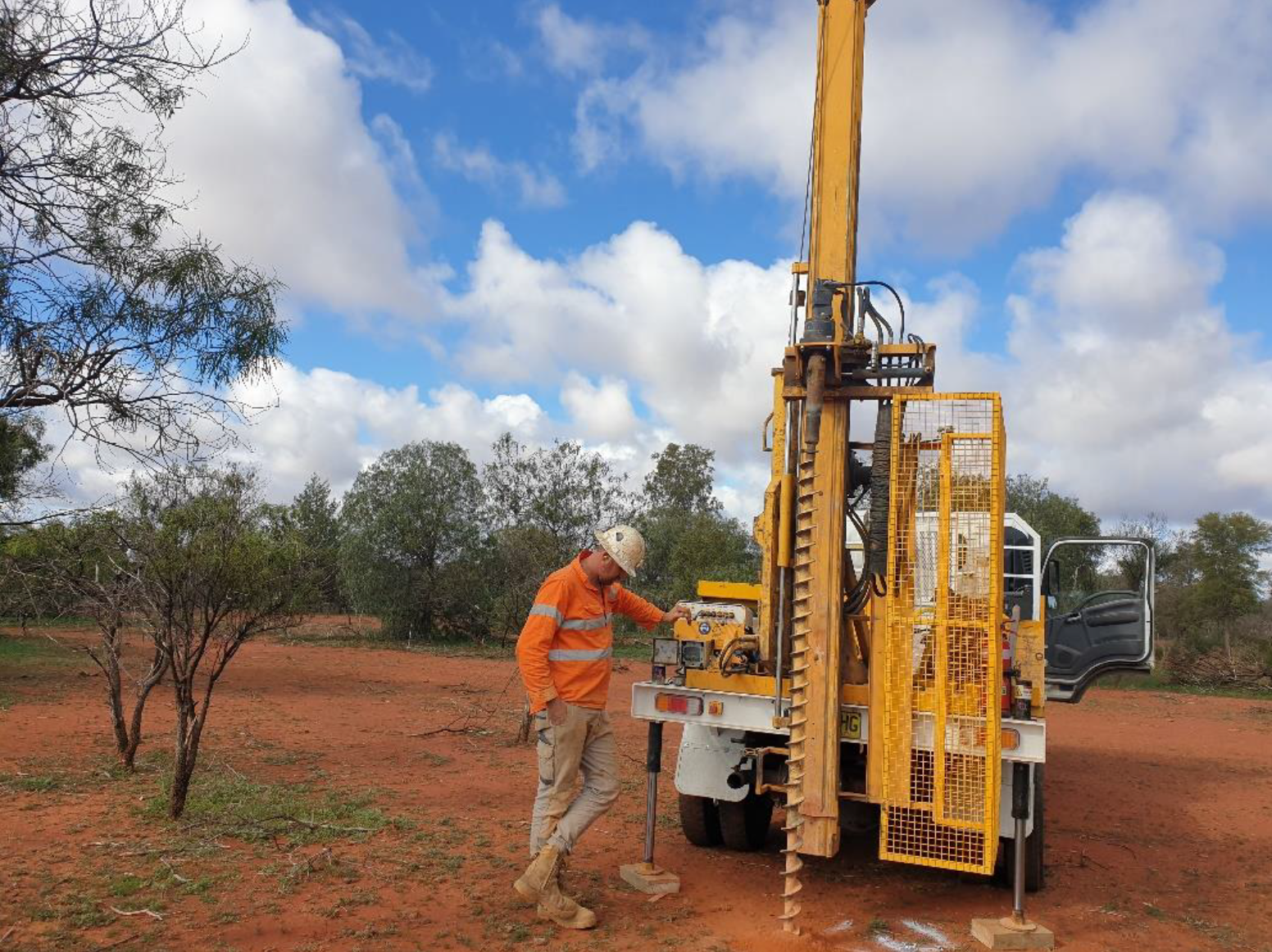
Electrical infrastructure
You will need to assess the site’s electrical infrastructure to determine whether there is adequate physical space and capacity in existing switchboards to install a new solar main switch. If not, the solar may need to be split up across the site, or the electrical infrastructure may need to be upgraded, driving up project costs. You also need to confirm if there is sufficient space to mount the inverters in a desirable location.
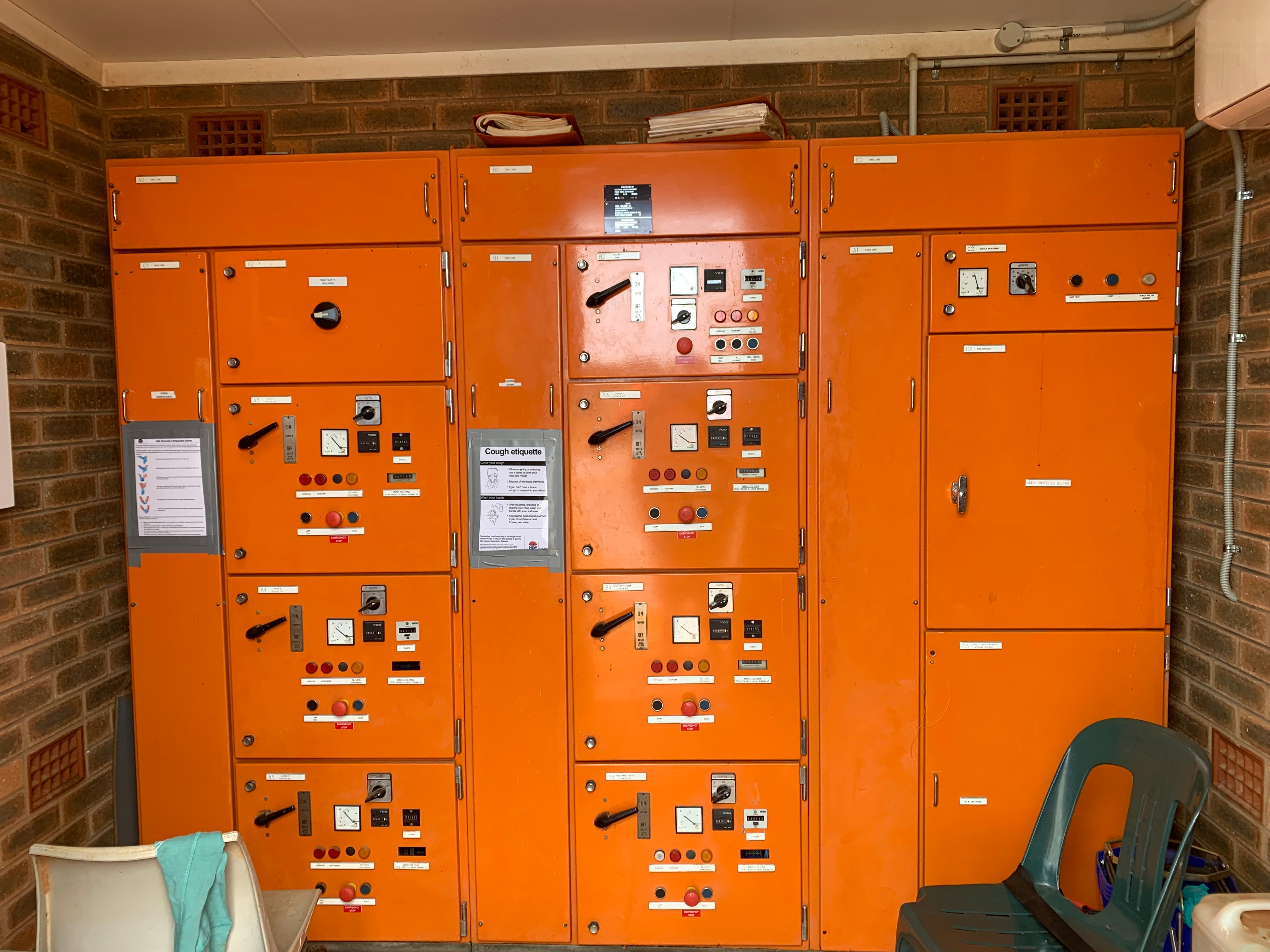
Approvals
The grid connection application is the process you need to go through to determine if your local electricity network authority is happy for your solar system to be connected to their electricity network and any conditions of approval such as export limitation. The size of your solar system will also dictate the network protection requirements imposed by your local electricity network authority.
Depending on the size and nature of your project, you may also need local development or building approval.
The next aspect of the solution that you should consider is the quality of equipment. Does the price reflect the quality of equipment offered? You don’t want to end up paying more than what you should when it comes to equipment as there is a trade-off between quality and price. As part of our procurement process, we score equipment such as solar modules, inverters and batteries using a range of industry accepted data, including:
The detailed design of the solution will generally be left to the winning solar retailer to complete after the contract has been awarded. However, during the tendering phase, you should request from solar retailers at least a basic or conceptual design covering the following items:
Mounting and racking type
There are various mounting and racking types available including flush mounted, fixed tilt and tracking systems. Each one has their own advantages and disadvantages; the ideal solution depends on specific site factors, customer preferences and project size. There are even options for ballast systems, removable systems (great if you want to rent a solar system) and light-weight panels that are glued to your roof.
Solar panel layouts
When designing a solar panel layout, there a number of things that should be considered to ensure a high quality solution that optimises system performance and minimise costs. These include:
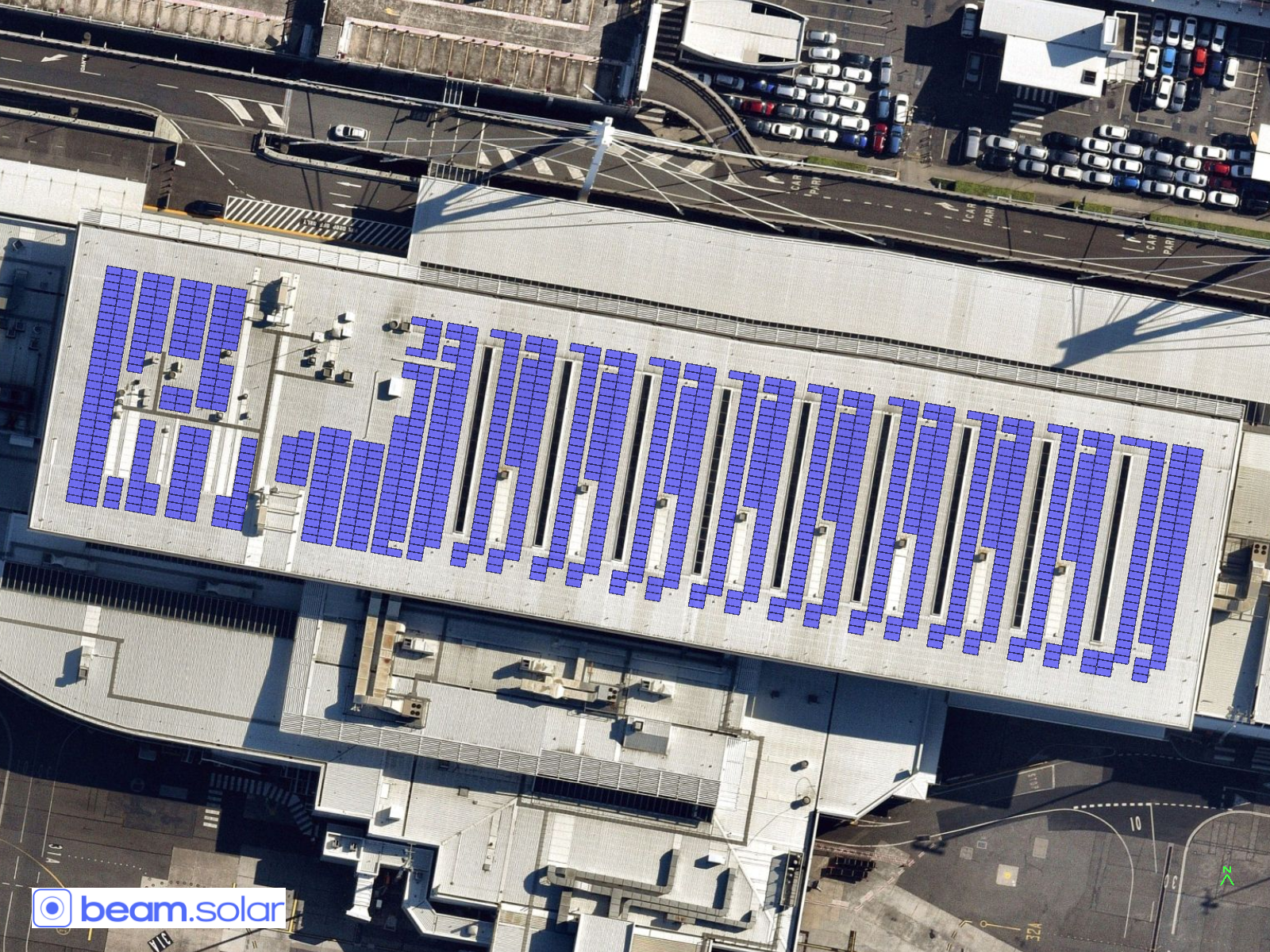
Electrical
The electrical single line diagram should be a site-specific diagram showing the solar connection point in relation to the overall site electrical infrastructure, circuit breaker ratings, inverters and secondary grid protection equipment if required.
Site Plan
The site plan should demonstrate the solar retailer has a basic understanding of where and how inverters will be mounted, the preferred cable paths, location for mobile lifting equipment and areas for temporary storage and staging.
We always recommend our customers install Solar Analytics devices for solar generation and grid consumption monitoring as part of their solar solution. Solar Analytics provides an easy-to-use interface via a web browser or mobile app with automated alerts that ensures your solar system is performing optimally. Solar Analytics is also great for monitoring fleets of solar systems across different inverter makes and models.
Plus, when you procure through Beam Solar and install Solar Analytics, we will measure and verify the savings from your solar system free of charge for the first 12 months of operation providing piece of mind that your asset is paying itself off.
Below are some other items that you may want or need to consider as part of your solution:
Stay tuned for our upcoming article covering the next key area to consider before buying solar – The Contract (or if you missed Part 1 – The Solar Retailer, you can read it here).
When you engage Beam Solar for your solar procurement, we help you assess solar for your sites using our Beam Solar assessment platform and then submit your chosen system and preferences to our online marketplace.
You get access to our minimum requirements and specification that we apply to all solar projects procured through the Beam Solar platform. We complete a detailed evaluation of offers received so you can clearly understand who is offering the best solution. We can also coordinate the checks and approvals you need to ensure your project goes ahead.
All of this is backed up by independent and expert advice from our team of solar engineers and energy consultants. You can read more about Beam Solar here.
In the meantime, if you are wondering what solar can do for your sites, start a Beam Solar assessment by clicking the button below.
How to achieve value for money with your solar investment while meeting your business needs.
Solar provides low risk, cost-effective abatement with high integrity.
How to achieve value for money with your solar investment while meeting your business needs.